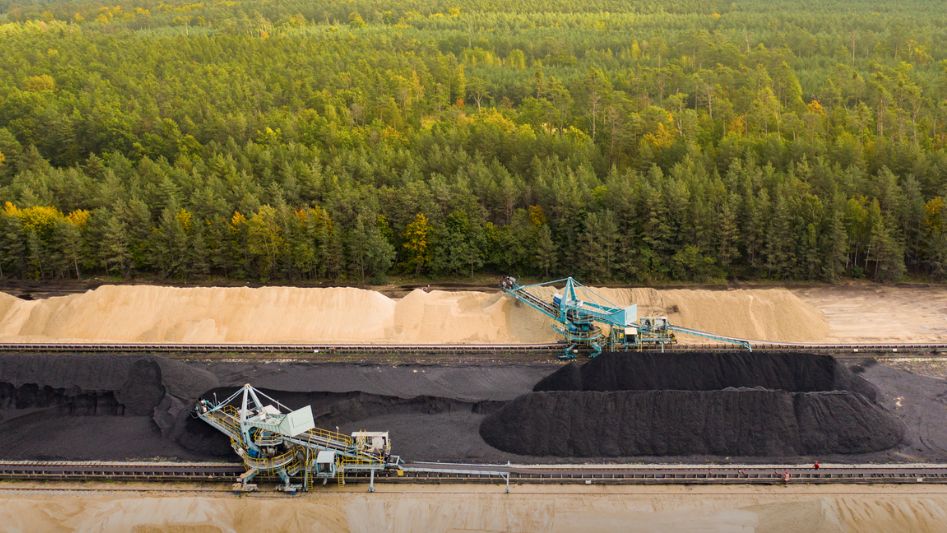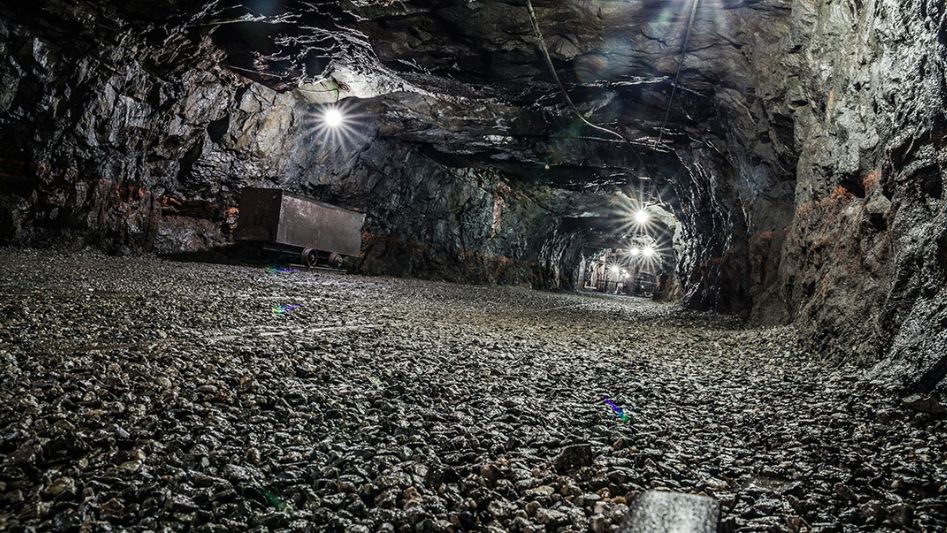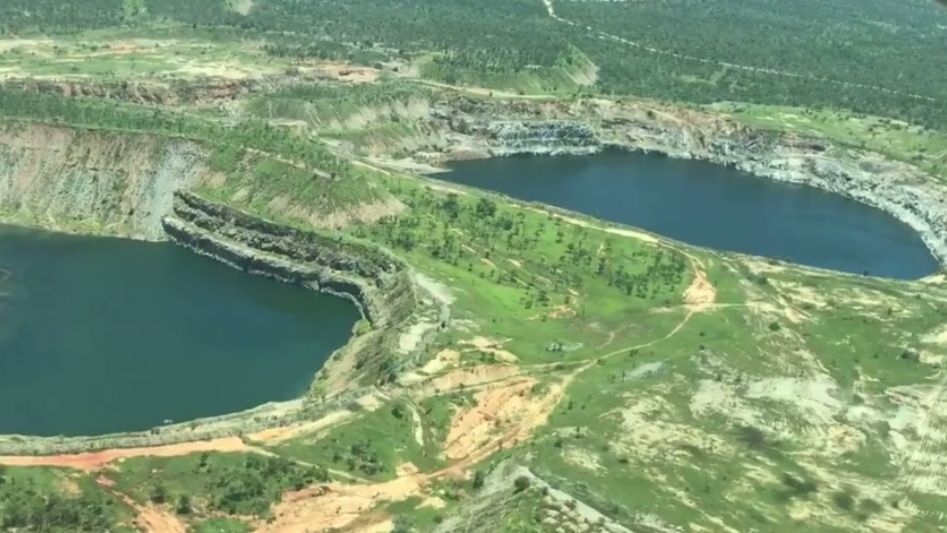The Road to Turn Mines Into Clean Energy Hubs is a source of information, news, and perspectives from mining professionals on the evolving role of mining in the energy industry.
Table Of Content
A programme with a budget of $500 million, supported by the bipartisan infrastructure package, intends to convert active and former mines into centres for the production of sustainable energy.
The Department of Energy (DOE) has released a Request for Information (RFI) in order to gain insight into the manner in which the programme would support the development of renewable energy projects.
The Interagency Working Group on Coal and Power Plant Areas, which strives to offer federal investment to revitalise hard-hit energy communities, was the impetus behind the creation of this initiative under the administration of Vice President Joe Biden.
According to the DOE, the clean energy hubs may include solar photovoltaic systems, advanced nuclear technology, microgrids, geothermal energy, direct air capture, fossil fuel power generation with carbon capture, utilisation, and sequestration, energy storage such as pumped storage and compressed air, and direct air capture.
The Department of Energy is seeking information from respondents about the potential to employ domestically manufactured solar for the clean energy demonstration projects that will be financed as part of this program. Two of the projects must include solar energy in order to qualify for funding.

The Department of Energy (DOE) is interested in receiving feedback from a diverse variety of stakeholders, such as the business community, community organisations, organisations advocating for environmental justice, labour unions, and state and local governments.
We are looking for comments from the public on how to best design the programme so that it will stimulate private investment in projects that contribute to economic development for marginalised communities that are located near current and former mine properties while also improving environmental justice.
A total of $11.3 billion in abandoned mine land grant funding will be provided by the bipartisan infrastructure package through the Department of the Interior to the states and tribes that are eligible to receive it. This funding is intended to assist communities in removing harmful environmental hazards and pollution caused by previous coal mining while also creating jobs and providing opportunities to revitalise coal communities.
The DOE anticipates making an announcement in 2023 on a financing opportunity to request bids for projects.
The Nature Conservancy and Dominion Energy are working together to create a solar energy facility with a capacity of fifty megawatts on a portion of the 1,200-acre site that was formerly occupied by the Red Onion surface mine in southwest Virginia.
A utility-scale solar farm will be developed by the Nature Conservancy and Dominion Energy on an abandoned surface mine in Southwest Virginia, according to an announcement made by the two organisations in the previous year.
The parties intend to repurpose 1,200 acres of the land that was occupied by the Red Onion surface mine in order to create roughly 50 MW of solar energy, which will be sufficient to power 12,500 houses.
According to Ed Baine, president of Dominion Energy Virginia at the time, “Repurposing former coal mines for solar is a smart strategy to strengthen the region’s economy and introduce renewables to Southwest Virginia.” This was one of the statements made at the time.

The Nature Conservancy had previously announced their intentions to collaborate with Charlottesville, Virginia-based Sun Tribe and Sol Systems on a solar project that would take place on sites that had previously been mined. The Cumberland Forest Project would encompass a total area of 1,700 acres and generate 120 MW of solar power.
According to Brad Kreps, director of The Nature Conservancy’s Clinch Valley Program, “Southwest Virginia and the wider Central Appalachian coalfields have an essential role to play in the renewable energy economy.” “Southwest Virginia and the wider Central Appalachian coalfields “It has been determined that certain lands in the region that were formerly used for mining are ideally suited for the development of solar energy.” If we direct development toward these areas, we will be able to assist in the preservation of the region’s uncut forests, which are valuable for wood products, carbon storage, wildlife habitats, outdoor recreation, and tourism. We expect that by working together with Dominion Energy and other businesses on these preliminary projects, we will be able to establish a model that can be used in other coal mining locations around the United States.
Dominion Energy Virginia is required to produce all of the state’s power from carbon-free sources by the year 2045, as stipulated by the Virginia Clean Economy Act.
Conclusion
The Department of Energy (DOE) is interested in receiving feedback from a diverse variety of stakeholders, such as the business community, community organisations, organisations advocating for environmental justice, labour unions, and state and local governments. We are looking for comments from the public on how to best design the programme so that it will stimulate private investment in projects that contribute to economic development for marginalised communities that are located near current and former mine properties while also improving environmental justice. In order to successfully develop and operate clean energy projects on current or former mine land, the selected projects will chart a course to successfully navigate the rules and regulations that have been established at the federal, state, and local levels for siting and grid interconnection, mine remediation, post-mining land use, environmental safety, and other important processes.

FAQs
Which three forms of energy are the least harmful to the environment?
Clean energy is described as energy that is produced without the combustion of coal, petroleum, or petroleum products, without nuclear fission, and without the conversion of municipal waste. Clean energy also does not involve the use of nuclear fusion or the conversion of municipal waste. Wind energy, solar energy, and hydroelectric energy are the three primary forms of clean energy that are now available.
What kind of fuel may be extracted from the earth by mining?
The term “nonrenewable” refers to these types of energy sources since their supply can only be replenished to the extent that they can be mined or extracted from the earth. After being buried for thousands of years, the fossilised remains of long-extinct marine plants and creatures that existed millions of years ago eventually gave rise to coal, natural gas, and petroleum.
What are the primary types of energy that are used in mines?
The majority of mining operations are significantly dependent on fossil fuels such as diesel, heavy oil fuels, and coal for their on-site generation because of the isolated locations of the mines. In theory, mining may make use of a wide variety of clean energy solutions, including carbon capture, energy efficiency, energy recovery, and renewable energy sources.
You May Also Like
- DECARBONIZING BUILDINGS: THE CITY THAT LEADS THE REVOLUTION
- SCIENTISTS ANNOUNCE FUSION ENERGY BREAKTHROUGH: CLIMATE CHANGE FINAL SOLUTION?
- NEW LITHIUM MINE TO BE POWERED BY SOLAR, WIND & BATTERIES
- WHAT’S BEHIND LITHIUM MINING? HERE’S ALL YOU NEED TO KNOW
- WHY GENERATION IV IS THE FUTURE OF NUCLEAR POWER?
External Links
- DOE launches $500 million effort to turn mines into clean energy hubs
- DOE Eyes Mines as Future Clean Energy Sites
- Biden Administration Launches $500 Million Program to Transform Mines Into New Clean Energy Hubs
- Spurring Clean Energy Development on Reclaimed Mine Lands
- US launches $500m initiative to transform mines into clean energy hubs
